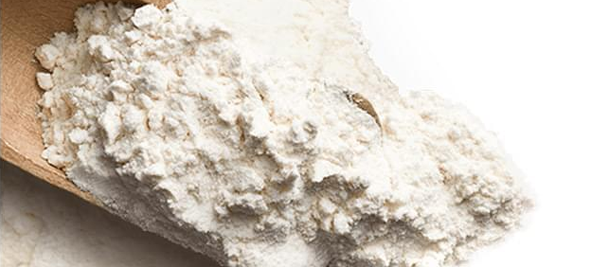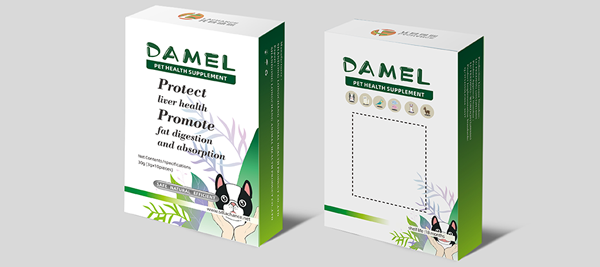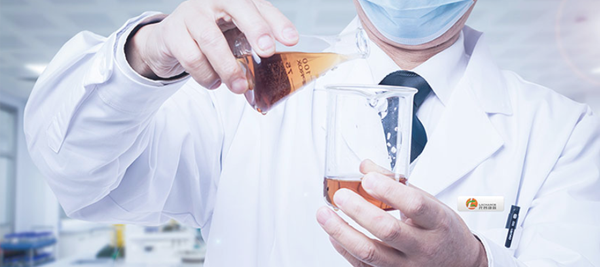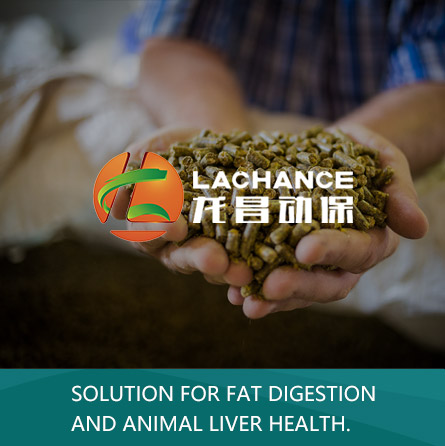Effect of Bile Acid on Fat Metabolism in Laying Hens
Fatty liver syndrome (FLS), also known as fatty liver hemorrhagic syndrome, is a common nutritional and metabolic disease in laying hens. It mainly causes excessive accumulation of fat in liver cells, thereby affecting the normal function of the liver, and in severe cases, even leading to liver cell rupture, intrahepatic hemorrhage, and death.
Effect on Fatty Liver in Laying Hens
Chicken flocks suffering from fatty liver disease are unlikely to experience peak egg production, and the egg production rate generally gradually decreases when it rises to around 85%. The incidence rate of cage laying hens is often about 5%, accounting for 8%~30% of all dead hens, which brings significant economic losses to the laying hens industry.
Fatty liver occurs when nutrients are deficient or insufficient, such as choline (or Choline chloride, Betaine), methionine, vitamins, and other cofactors involved in the synthesis of lipoproteins or lipoproteins carrying fat out of the liver. The excessive glucosinolate and Aspergillus flavus in the feed will reduce the ability of the liver to synthesize lipoproteins and make fat deposit in the liver.
In addition, during the peak egg production period, estrogen activity promotes the synthesis and deposition of fat in the liver, while significantly increasing the levels of blood lipids and cholesterol in the blood, leading to an increased risk of developing fatty liver.

In order to prevent fatty liver from causing greater economic losses to laying hens, prevention is the main method. In addition to drug treatment, the addition of Bile acid has a definite effect.
Hepatocytes are closely related to the biosynthesis, secretion, uptake, processing and transformation of Bile acid. When hepatocytes are injured or bile ducts are blocked, Bile acid metabolism will be blocked. When liver parenchymal cells are diseased, the synthesis function of Bile acid is damaged, and the ratio of primary Bile acid (CA/CDCA) becomes smaller or even inverted, the amount of CA is significantly reduced, and the synthesis of CDCA is compensated to increase.
After extracting brown adipocytes from experimental rats, researchers found that Bile acid can improve the activity of Thyroid hormones, while the activity of Thyroid hormones accelerates the basic metabolism, and promotes the "burning" of excess fat. At the same time, the effect of Bile acid on improving the activity of Thyroid hormones is limited to Muscle cell, which has little risk of side effects. The mechanism of Bile acid promoting fat "burning" needs to be further studied and applied in layer production.
Most of the fat in the feed is broken down into fatty acids and glycerol through the action of lipase in the chicken body. The complex formed by fatty acids and bile salts can be dissolved in water and absorbed by the chicken body. A part of fat is also highly emulsified into very fine fat particles under the action of Bile acid salts, which can be directly absorbed.

In addition, the reabsorption of Bile acid was severely reduced after ilectomy for test layers, and Bile acid was lost too much, leading to Malabsorption of fat digestion. This is because the small intestine plays an important role in maintaining the Enterohepatic circulation of Bile acid.
Effect on Cholesterol Content in Eggs
Bile acid is converted from cholesterol, which is one of the important ways of cholesterol excretion.
For laying hens, the liver and ovaries are the main organs for synthesizing cholesterol, so the cholesterol in egg yolk also comes from two sources: the liver and ovaries. The ovary provides very little cholesterol to oocytes, because oocytes are more likely to accept cholesterol in Very low-density lipoprotein (VLDL) and vitellogenin (VTG) in plasma.

After receiving cholesterol (esters) from lipoprotein particles in the blood, the liver assembles the vast majority of its cholesterol (including exogenous and endogenous) in free form with other lipids, along with apolipoprotein (ApoB, etc.), to form VLDL and secrete it into the blood. The VLDL pathway forms 95% cholesterol and 60% dry matter in egg yolk. VTG is generated by the liver and reaches oocytes under estrogen regulation, providing 4% cholesterol and 24% dry matter to the egg yolk.
Most laying hens feed on plant-based feed and have extremely low cholesterol intake. Almost all cholesterol in the body is self synthesized. The laying hens synthesize about 300mg of cholesterol every day, of which about 2/3 is deposited in the eggs; About 10mg of cholesterol is directly excreted into the intestine through bile secretion and excreted through feces; The rest undergo transformation (such as steroid hormones, VD3, etc.) and form membrane structures. The small and stable amount of intestinal excretion and transformation is also necessary for normal metabolism of the body. The synthesis and degradation of cholesterol in hens is a highly dynamic process that is influenced by many factors such as genetics, environment, diet, physiological status, etc.
By adding Polyunsaturated fatty acid (PUFA), Phytosterol, dietary fiber, Chinese herbal medicine, etc. to the diet, the cholesterol concentration in eggs can be reduced to a certain extent. However, the deposition of cholesterol into eggs is a normal physiological phenomenon that cannot be reversed or regulated without restrictions. Overinhibition of cholesterol synthesis may also lead to insufficient hormone synthesis and abnormal metabolism in the body.
Bile acid plays an assistant role in the absorption of dietary cholesterol, and the absorbed cholesterol directly regulates the synthesis of cholesterol in intestinal wall cells and liver cells. Bile acid can be dissolved in both water and fat solvent. When the content of Bile acid in bile reaches a certain level, some molecules of Bile acid will automatically gather together to form a molecular group, and fat soluble substances can be dissolved in the center of the molecular group. Cholesterol in bile usually dissolves in the center of Bile acid molecular group and is wrapped by Bile acid molecules. Cholesterol can be dissolved in bile through this molecular group of Bile acid.
In addition, phospholipids in bile also contribute to the dissolution of cholesterol in bile. Phospholipids can be bound to Bile acid molecular groups, and the ability of this mixed molecular group formed by Bile acid and phospholipids to dissolve cholesterol is much stronger than that of a single Bile acid molecular group. Cholesterol in bile is like this. It can be dissolved in bile with the help of Bile acid and phospholipid.
Conclusion
To clarify the mechanism of Bile acid's effect on fat in layers, and to study the fat metabolism of layers and the cholesterol metabolism process in eggs by means of nutrition and molecular biology, is conducive to determining the demand of Bile acid in layers and reducing the amount of cholesterol deposited in egg yolk, which will have a win-win effect on producers, operators and consumers.










